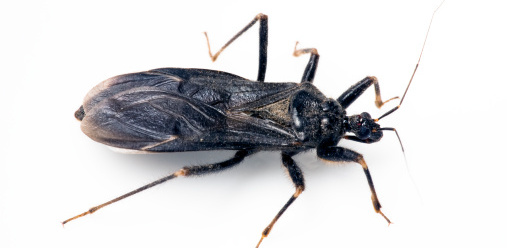Scoliosis Associated with Friedreich’s Ataxia
The incidence of Friedreich’s Ataxia (FA) is approximately one in every 50,000. It is known that most symptoms associated with FA occur during the first decades of life. Many lose their ability to walk by age 25. Friedreich himself noted the presence of scoliosis along with other symptoms in 1875. Scoliosis is associated with FA and is often seen early on in the developmental process. A search of the literature finds that the prevalence of scoliosis among those with FA has been reported in the range of 63 to 100%1, 2, 3
There is some debate noted on whether FA should be classified as a neuromuscular scoliosis or idiopathic type. For the most part, scoliosis associated with FA is similar to other neuromuscular forms such as muscular dystrophy which features a progressive thoracolumbar curve and severe muscle weakness. Labelle et al (1986) concluded that scoliosis associated with FA behaved more like an idiopathic form as the curves were not necessarily rapidly progressive, were similar curve patterns, were not associated with muscle weakness, and age at onset was a key indicator of progression4. This was based on a retrospective review of 56 cases with an average of nine years of follow-up after the diagnosis was made. This is contrary to the findings of Milbrandt et al (2008) who felt the curve patterns were more in-line with neuromuscular type scoliosis.
The current literature does reflect bracing does not appear to halt progression of most curves that have been studied. A posterior spinal fusion has become the main treatment choice for surgical management of progressive curves associated with FA. Previously, hook and wire constructs were utilized but has fallen out of favor due to inability to maintain correction. Many of the curves are double major type with kyphotic deformity. Restricted lung disease associated has been reported as a secondary complication in cases with significant kyposcoliotic deformity. Cardiac co-morbidities are also associated with FA and must be considered when contemplating surgical management.
Despite known complications associated with FA, reported outcomes from posterior fusion surgery have demonstrated successful correction of the major deformity and fusion rates at an average of 3 years of follow-up.
1 Milbrandt TA, Kunes JR, Karol LA. Friedreich’s ataxia and scoliosis: the experience at two institutions. Journal of Pediatric Orthopedics. 2008 Mar; 28(2) 234-238.
2 Daher YH, Lonstein JE, Winter RB, Bradford DS. Spinal Deformities in patients with Friedreich ataxia: a review of 19 patients. Journal of Pediatric Orthopedics. 1985 Sep-Oct; 5(5): 553-557.
3 Cady RB, Bobechko WP. Incidence, natural history, and treatment of scoliosis in Friedreich’s ataxia. Journal of Pediatric Orthopedics. 1984 Nov; 4(6) 673-676.
4 Labelle H, Thome S, Duhaim M, Allard P. Natural history of scoliosis in Friedreich’s ataxia. JBJS. 1986 Apr; 68(4): 568-572.









